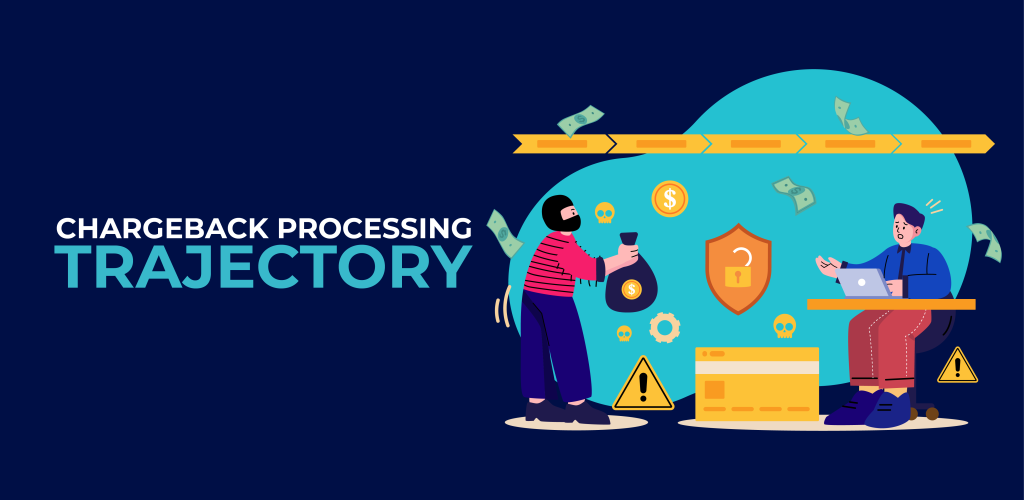
The Evolution of Chargeback Processing and Its Future Trajectory
Notable landmarks have significantly impacted the journey of credit card chargebacks since the inception of the US Fair Credit Billing Act in 1974. For years, only a little deviation in the chargeback domain until the advent of e-commerce instigated considerable transformations, primarily due to the increase in card-not-present payments.
Over the previous half-decade, major adjustments include the 2018 establishment of the Visa Claims Resolution (VCR) procedure and the progressive implementation of the Mastercard Dispute Resolution Initiative (MDRI) from 2018 to 2020. These modifications took the regulations and system of the 1970s into the digital era, offering an easier and more efficient approach for managing chargebacks.
In 2020, Visa revamped its subscription billing policies, given that the most significant number of chargebacks arose from customer disputes over recurring payments that they either forgot or could not cancel on time. These policy modifications enhanced consumer protection while simultaneously decreasing chargebacks for subscription merchants. Mastercard, too, introduced alterations to its subscription and negative option billing in 2022.
In April 2023, Visa Compelling Evidence 3.0 was introduced to the chargeback landscape as the inaugural endeavor by a credit card scheme to address friendly fraud directly. This system guarantees a technical victory for merchants if they can provide a legitimate transaction history with the cardholder meeting specific criteria. Yet, the practical impact of this change remains to be fully understood.
The Evolution of Merchant Perspectives on Chargebacks
With increasing knowledge about chargebacks, merchants now acknowledge the potential financial impact of this phenomenon. A shift towards data-driven operations has allowed merchants to leverage chargeback data for business health checks and refine their fraud prevention mechanisms.
Additionally, merchants recognize the necessity to keep an eye on their chargeback ratios to prevent breaching set limits, thereby avoiding entry into credit card schemes’ monitoring programs and the associated complications. Despite these developments, a knowledge gap exists among many merchants about chargeback management, including gathering evidence for chargeback representatives and deciding when to issue refunds.
Chargeback Data: A Game-Changer in Today’s Business Environment
Chargeback data has become invaluable in the current business scenario as merchants and anti-fraud solutions have shifted towards data-centric models. Historically, chargebacks were considered unattractive in credit card processing, often classified as processor fees impacting the bottom line. This was mainly because merchants, particularly those involved in e-commerce, prioritized top-line growth.
Currently, chargeback data is a sought-after resource, aiding merchants in refining their fraud prevention models to curb actual fraud while approving more valid transactions simultaneously.
Future Prospects of Chargebacks and the Associated Industry
Credit card schemes have recognized the necessity for a balanced landscape for merchants. Recent developments, like the 3DS liability shift to CE 3.0, reflect credit card companies’ understanding of the need to alleviate merchant penalties for every chargeback occurrence, encouraging innovative strategies to lessen the load.
Parallelly, merchants are seeking more tech-based solutions as the era of manual chargeback management is becoming obsolete. This realization is also dawning upon issuers and acquirers. Whether these technological solutions are developed internally or outsourced, more sophisticated tech solutions will be deployed to address this issue.
Despite the introduction of remedial measures such as CE 3.0 by credit card companies, chargebacks are projected to increase over the next five years, corresponding with the growth of e-commerce. As consumer behavior evolves, challenging charges with the issuer instead of interacting with merchants are becoming increasingly common.
Chargeback Volumes: A Geographical Perspective
The incidence of chargebacks differs across various regions. For example, the chargeback rate in the United States generally hovers around 0.6%. In contrast, this rate can be considerably higher in Latin America, often due to factors such as varying consumer behavior and differing regulations.
Empowering Merchants to Win More Chargebacks
FUGU plays a pivotal role in equipping merchants with the tools to win more chargebacks. Thanks to its consistent post-checkout analysis, FUGU collects a comprehensive pool of data. This enables merchants to download evidence-supported responses effortlessly with a single click, drastically reducing manual labor.
By automating the process and providing all essential data to meet the standards of Visa Compelling Evidence 3.0, the probability of winning chargebacks increases significantly. Moreover, merchants can also take advantage of FUGU’s flexible chargeback guarantee. This option allows merchants to secure either all orders or just specific ones, further enhancing their control over the chargeback management process.